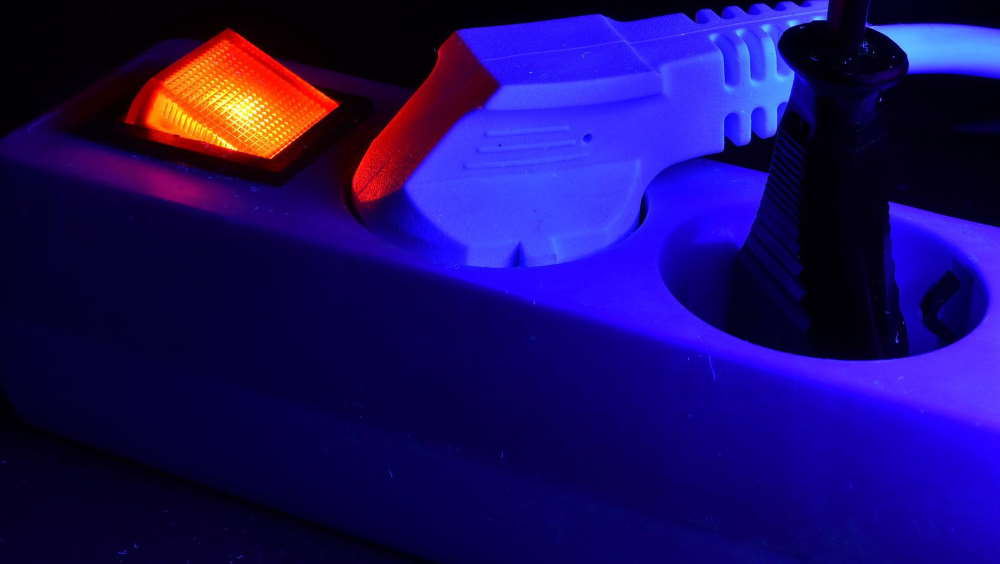Ultraviolet (UV) light is a form of electromagnetic radiation that’s invisible to the human eye. It falls just beyond the violet end of the visible light spectrum, hence the name “ultraviolet.” While we mostly associate UV rays with sunlight and sunburns, UV light — especially UV-C light — has powerful germ-killing properties. This makes it an effective tool for killing mold, bacteria, and viruses in homes, hospitals, and other indoor spaces.
Types of UV Light
There are three main types of ultraviolet light, classified by their wavelengths:
- UV-A (315–400 nm): Least harmful and closest to visible light. Common in tanning beds.
- UV-B (280–315 nm): Can cause skin damage and is responsible for sunburn.
- UV-C (100–280 nm): The most powerful and dangerous to microorganisms. This is the type used for disinfection.
How UV-C Light Kills Mold and Microorganisms

UV-C light destroys mold, bacteria, and viruses by damaging their DNA and RNA. When exposed to UV-C rays, the genetic material in these microorganisms becomes altered, preventing them from reproducing or functioning. Eventually, they die off.
UV Light Doesn’t Just Mask the Problem — It Neutralizes It
Unlike air fresheners or chemical sprays that may just mask mold odors or reduce surface growth temporarily, UV-C actually kills the spores at a molecular level. However, it works best as part of a full mold control strategy — especially in areas with high humidity.
Using UV Lamps in the Home
UV lamps are increasingly popular in homes for air purification and mold prevention. You’ll commonly find them in:
1. HVAC Systems
UV lamps are often installed inside HVAC ducts. They help sterilize the air that circulates through the system, preventing mold from growing on coils and keeping indoor air cleaner.
2. Air Purifiers
Some high-end air purifiers feature built-in UV-C lamps that sanitize the air as it passes through the filter system. This can reduce mold spores, bacteria, and viruses floating in your home.
3. Bathrooms and Basements
Since mold thrives in damp, dark spaces, UV-C lamps can be placed in bathrooms, basements, or crawl spaces to control mold growth. These lamps are usually used on timers or motion sensors for safety.
Where Else Are UV Lamps Used?
Beyond homes, UV-C technology is widely used in places where sanitation is critical:
- Hospitals and Clinics: UV-C robots and fixed lamps disinfect rooms between patients.
- Water Treatment Plants: UV light sterilizes drinking water without adding chemicals.
- Food Industry: Surfaces and packaging can be treated with UV to reduce contamination.
- Public Transport and Offices: Some buildings and buses use UV lamps overnight to disinfect air and surfaces.
Safety Considerations
UV-C light is dangerous to humans and animals if directly exposed. It can damage skin and eyes. That’s why UV lamps are either enclosed in air systems, used in unoccupied spaces, or programmed to turn off when someone enters the room.
Always follow safety instructions and never stare directly at a UV-C lamp or use one without proper shielding.
Final Thoughts
UV-C light is a powerful, chemical-free way to kill mold, bacteria, and viruses. Whether you’re using it in an HVAC system or a small room lamp, UV-C technology helps keep indoor air cleaner and safer — especially in high-moisture environments where mold likes to grow.
While UV light alone won’t solve all mold problems (moisture control is still key), it’s a valuable part of a broader home hygiene strategy.
